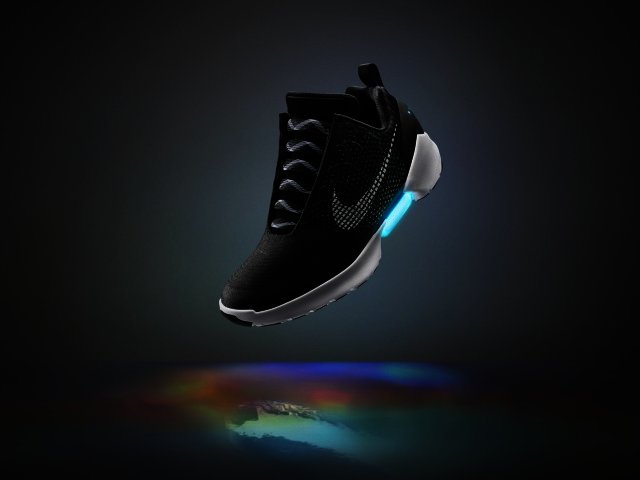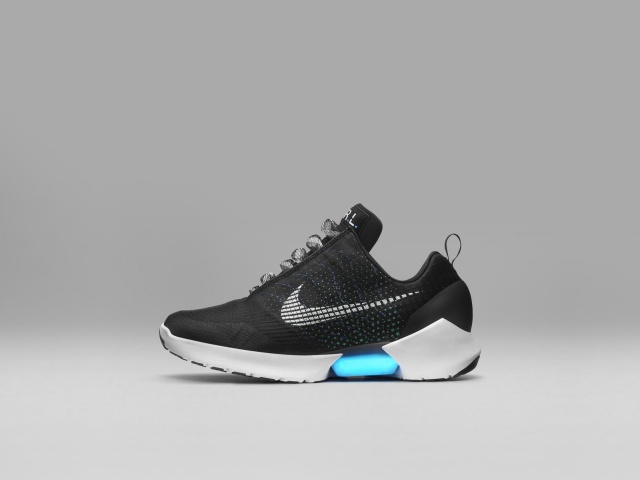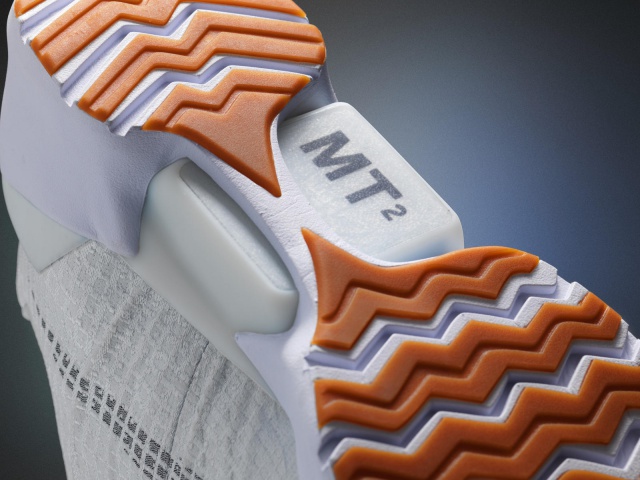Nike unveils its self-lacing HyperAdapt 1.0 shoe, to go on sale this year
By Robin-Leigh Chetty 17 March 2016 | Categories: news
By now we all know Nike can in fact make self-lacing shoes. The problem was it only did so on limited runs and for special occasions, like Back to the Future Day, where they gave a working pair of Air MAGs to Michael J. Fox. That is about to change though, with the company recently unveiling its new HyperAdapt 1.0 self-lacing shoes, which is set to actually be available for purchase later this year.

How do they work? When it comes to tech, the shoes feature a plus and minus symbol on the outside of both the left and right shoe. As you'd expect, the plus is to loosen the laces and minus to tighten them. What's quite intriguing about them though, is that there is a sensor in the heel, which tells it when to stop tightening, less you wish to cut off all circulation to the foot.
In terms of design, the upper is constructed from Nike's Flyknit material, which means they are probably quite light. It’s an important element to ensure the self-lacing mechanism does not weigh the shoe down. The sneakers also has a Lunarlon-esque sole, with a light-up portion at the midsole. Furthermore, Nike is preparing three different colourways for the HyperAdapt 1.0 - black, white and grey.

As far as pricing and availability goes, the shoe will only be sold to Nike+ members, which means it will likely not make its way here to South Africa. The price is also a mystery at this stage, but we're expecting it to cost a pretty penny. As such, you'll most likely have to get in touch with a reseller to get your hands on one of these, especially if you reside in a country not fully onboard with Nike+.
Most Read Articles

Have Your Say
What new tech or developments are you most anticipating this year?



